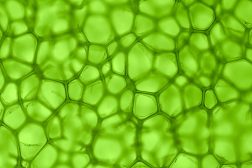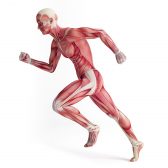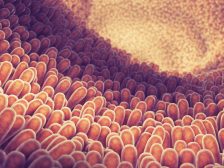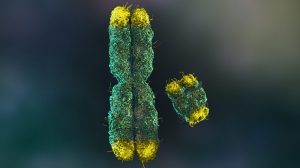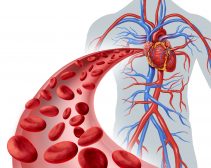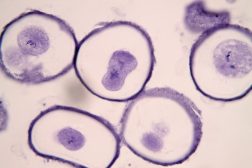Definition
noun
Mesodermally-derived connective tissue underlying the epithelium of the skin
Supplement
In humans, the skin is the largest organ of the integumentary system. The role of the skin is vital as it protects the body (especially the underlying tissues) against pathogens and excessive water loss. It is also involved in providing insulation, temperature regulation and sensation. The skin of humans and other mammals is composed of two major layers: (1) epidermis and (2) dermis. The structure that separates the two layers is the basement membrane.
The dermis is the layer of the skin below the epidermis and above the subcutaneous tissues. It is made up of connective tissues (especially, dense irregular connective tissues), blood vessels, lymph vessels, and nerve endings. In humans and other mammals, hair follicles and sweat glands are also present in the dermis.
There are two main layers of dermis: the papillary dermis (closer to the epidermal layer) and the reticular dermis (deeper, thicker layer). The papillary dermis is made up of areolar connective tissues. Its name is derived from the dermal papillae it forms. These papillae are small, nipple-like extensions of the dermis into the epidermis. The reticular dermis is composed of dense irregular connective tissue. The presence of these connective tissues makes the dermis elastic.
Word origin: Greek dérma (“skin, hide”), from dérō (“to skin, to flay”)
Synonym(s):
- corium
- cutis
- cutis vera
- true skin
See also:
Related form(s):
- dermal (adjective, of, relating to, or characterized by, the dermis)

